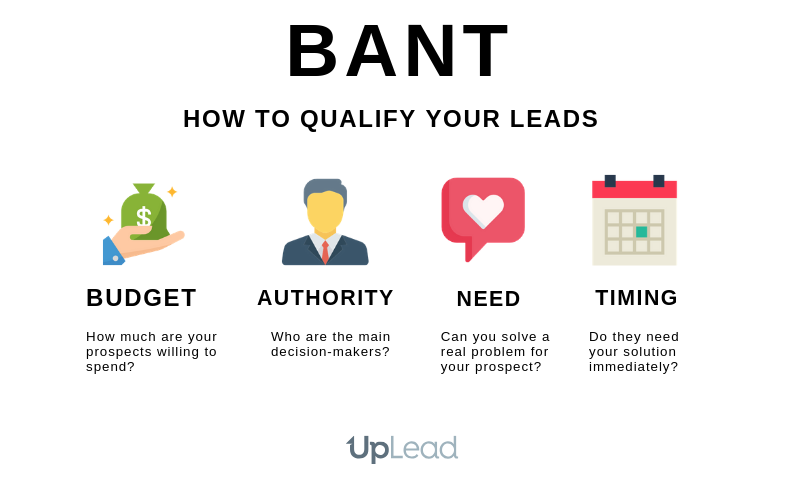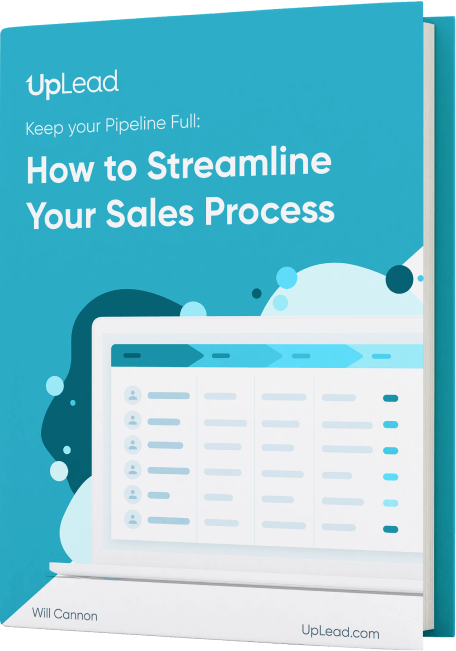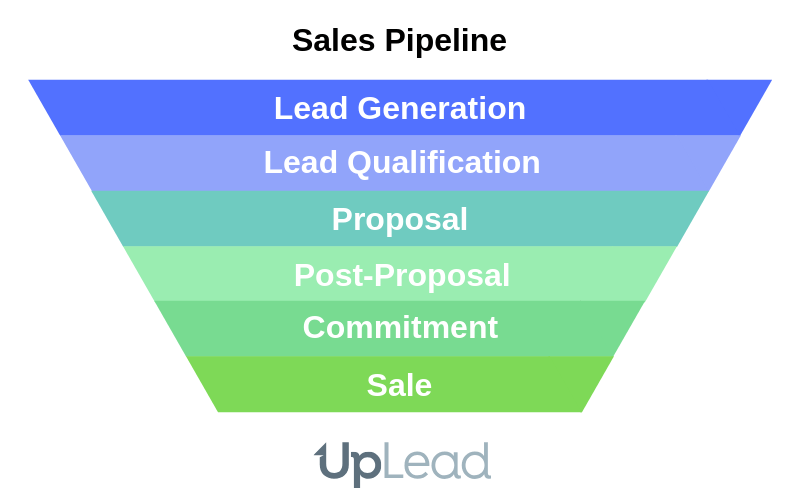BANT is a system used for qualifying prospects. If you’ve never heard of it, you’re about to learn about an extremely useful system.
You may have heard that BANTs popularity declined in 2021.
However, it wasn’t because of the system but how it is used. Read on to discover what BANT is and how to use it effectively for your business.
What Is BANT?
BANT is an acronym, with each letter corresponding to a different section of the lead qualification process. These sections are as follows:
B: Budget – How much are they (your prospects) willing to spend?
A: Authority – Who are the main decision-makers?
N: Need – Can you add value to or solve a problem for your prospect?
T: Timing – Do they need your solution immediately or have time to kill?

BANT is used to discover more about your prospect for each category. It helps identify a quality prospect for your business. It enables you to decide if working long hours on that proposal is really worth the effort.
So, in the end, it saves you time.

BANT Lead Qualification Questions
Ask tactful questions instead of going down a checklist and making your meeting seem like an interrogation (more on that in a minute!). Make sure the conversation goes both ways so you can discover what you need for each section without killing a sale.
Budget
It’s easier to quote on a value-based system when we know the prospect’s budget parameters. Instead of asking, “What’s your budget?” consider the following alternatives:
- How much are you spending (or losing) on the problem (or missed opportunity)?
- What would it cost you to solve this problem internally?
- What if this problem sticks around for 5 years – how much will you lose?
- What kind of ROI are you hoping to achieve?
Authority
Finding out who’s behind the decisions can go a long way to targeting correctly. It makes research, the tone of voice, and finding pain points a lot easier.
Instead of asking outright, “Who’s making the decisions?”, try these:
- Who will use our product (or service)?
- Have you used a similar product and, if so, tell me about the decision making process?
- Going forward, who else will be included in the decision to take our product or service on board?
Need
You can’t serve someone who doesn’t need it. So finding out how desperate their need is can help you decide whether to submit a proposal or to pursue the lead in any way.
For example, asking, “How long have you had the problem?” can reveal quite a bit about their situation. They may say, “Oh, I don’t know – a few months.” This is not an ideal answer.
Chances are the “pain” isn’t that great. On the other hand, perhaps they tried to solve it internally and failed. Follow up with the next question to clarify how badly they need a solution.
“We’ve just found out about it” is another common response. They’ve probably not taken an internal solution off the table just yet. Be mindful of your quote in this situation, and make sure to reveal the value you offer, which they can’t replicate without you.
- How long have you had the problem?
- What happens if you don’t solve the problem?
- Is the problem a priority for you right now?
- Have you already taken steps to address it?
Timing
The phrase “timing is everything” rings true in so many aspects of life.
This is one of those cases. Naturally, the more urgent their need, the quicker they’ll want the problem solved. However, if they want a solution tomorrow, they may not be a good fit, depending on your capacity.
Maybe they only want a solution in the next year. They’ll take time to make the decision and forget about you down the line. Use all your sales skills to push the urgency of this problem so they won’t forget about you.
At the very least, prepare for a long client acquisition process.
- What are your goals, and how will not solving this problem affect those goals?
- Do you have a deadline in mind?
The BANT Process
As previously mentioned, a ham-fisted approach won’t improve your BANT process. Subtle conversation is how you’ll get the information you need – without scaring off the prospect.
BANT should be implemented as the second step in your sales process, right after initial contact.
Essentially, BANT will be your second contact. Your first contact will be to secure some of the prospect’s time, after that, it’s up to BANT.
Whether it’s a phone call, email, or face-to-face, apply BANT carefully, and you’ll save heaps of time. Obviously, in-person contact is the best, followed by a phone call.
But if all you can get is an email conversation, make the best of it. It does have its advantages. It gives you all the time you need to formulate your BANT questions to:
- show empathy
- show interest in the prospect, and
- get the information you need.
How To Apply BANT In Today’s Businesses
The world has changed since BANT was introduced.
For example, there are typically more decision-makers in businesses these days. If you primarily work with small businesses, you’ll see the “one decision-maker” process more often.
Multiple Decision Makers

Medium-to-large business is a different story. We’ve already adapted the “Authority” part of our formula for this. It’s no longer “find the decision maker” but rather seek out the decision makers.
You’ll need to deal with more than one person. As long as you’re aware of this, it doesn’t change the BANT formula at all.
Is Budget Still A Problem?

Many businesses today offer a subscription model. And if you’re running a subscription model, you may not need to worry about the client’s budget.
Most businesses can afford $100 a month and they’ll likely earn an easy ROI.
If this is you, spend more time determining whether you’re a good fit for their problem rather than worrying about the budget.
However, if you’re on the high-end of subscriptions – anything from $500 and up – this is still a point you need to work on.
Adapt & Attack

To use BANT effectively, adapt it to each prospect you encounter. Customize it and then implement it into your sales process.
To measure its effectiveness, make sure your sales pipeline is well-maintained. Make sure it measures all the metrics you need. With a good sales pipeline, you can update your sales cycles and have more information on-hand when deciding to scale operations.
If you haven’t built a pipeline yet, we’ve got a guide on how to get started with your sales pipeline.
BANT Vs. MEDDIC
MEDDIC is another lead identification process. It’s a little more complicated than BANT, but let’s explore it.
What Is MEDDIC?
M: Metrics – What metrics are important to your prospect? (ROI, Time saving, etc)
E: Economic Buyer – Same as BANT’s “A”. Finding out who is responsible for the profit and loss of this decision.
D: Decision Criteria – What are their decision drivers? Technical and financial. How will statistics and cost influence the decision?
D: Decision Process – What happens when they’ve established the criteria fits? Where does the process go from there?
I: Identify Pain – Find the problem the client is having that you can solve
C: Champion – Who will sell on your behalf inside the prospect company
The Little Details
BANT has been proven an effective system over the years when used correctly. So has MEDDIC.
MEDDIC does get into the details a little bit more, however.
BANT is simple and easy to adapt. MEDDIC cannot be customized quite as easily. It’s still a valid system if it fits your business.
Do a comparison and decide for yourself. Whatever fits your business and your preference most will be adapted and adopted.
FAQ: BANT
Here are the answers to the most common questions about BANT:
Bant qualification is a lead qualification process based on the BANT acronym, which stands for the following four lead qualification criteria: B: Budget, A: Authority, N: Need, T: Timeline.
The bant approach is a system to qualify leads based on their budget, their authority to make a purchase, their need for your product, and the time they need the product in. Although not as used anymore, the Bant approach is still relevant in certain sales systems where you need to qualify leads by prioritizing their budget and needs.
Bant is not dead, although its popularity has declined in the past few years. This decline comes from a combination of not knowing how to properly use the system, and from leads who cannot be appropriately qualified with the BANT approach, like when leads have a very flexible budget.
BANT stands for Budget, Authority, Need, and Timeline, all different criteria to determine with a lead is a good match for your product.
A Bant lead is a lead that has passed the BANT qualification system and has been determined to be likely to convert. This lead will have the right Budget to afford the solution you want to sell. They will also be the person with the right Authority to make a purchase, like the final decision maker or the main stakeholder. They’ll also need a solution like yours to solve their main pain points, motivating them to conclude a sale.
Save Time & Get The Clients You Want
Whether you use BANT, MEDDIC, or some other proven system, it will save you time & score more qualified prospects for your pipeline.
There’s nothing more wasteful than spending hours on a proposal that never had a chance. Make sure you have the right prospect before crafting a proposal. Don’t spend money on a prospect that’ll never convert to a sale.
Your salespeople should also be confident to use your chosen system correctly. Not only as a checklist of standard questions but also as a guideline adaptable for each new prospect.
BANT and MEDDIC aren’t checklists but concepts. Both are pathways to creating a 2-way conversation that gathers the information you need and offers the prospect some form of value.








